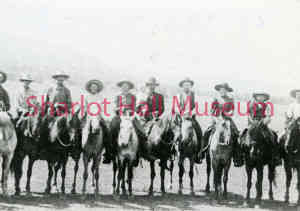By Kristen Kauffman
Bob Parsons was a twenty-seven-year-old English teamster with three fingers that didn’t close and a reputation for disorderly conduct. In June of 1894, he was fined fifty dollars and given fifty days in jail for bludgeoning someone with a beer bottle. He had no address and rotated living in hotels between Jerome and Prescott.
His girlfriend was Bohemia–or at least that’s what she told everyone her name was. Her real name was Birjina Valasquez, and not much is known about her except that she was twenty-three and a well-known prostitute working in Jerome. She and Parsons had been dating for two years.
Read More






